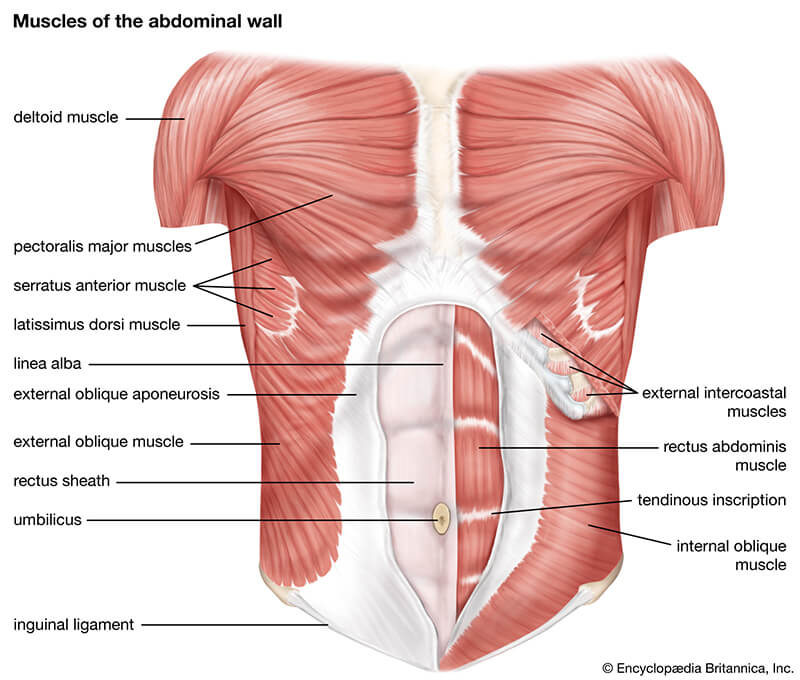This website uses cookies so that we can provide you with the best user experience possible. Cookie information is stored in your browser and performs functions such as recognising you when you return to our website and helping our team to understand which sections of the website you find most interesting and useful.

Core muscles: why is it important, and how to strengthen them during your personal fitness training?




How to optimize stability by strengthening the core muscles during your fitness training with me in Berlin?
Whatever the goal, the recreational or top-level athlete will always be concerned about the correct and effective movement and the prevention of sports injuries, these two objectives being inseparable.
In fact, a mechanically efficient gesture will allow the athlete to increase his performance, train healthily, and stay away from the risk of injury, which unfortunately accompanies most sports and fitness training.
In any case, there is a branch of muscular reinforcement whose usefulness is unanimously recognized by all professionals, both for performance optimization and health preservation: the core strengthening.
What is core strengthening? Why is it important to implement it in your fitness training program?
«Core strengthening» literally means strengthening the center, the core.
If we consider the human body, core strengthening means toning the muscle chains around the articular and visceral bone structures, in order to protect them (like the bark around a tree for example).
But strengthening does not mean making them stiff!
The core strengthening must allow movement, accompany it, and protect the structures of the body in movement. It is at the service of the movement, and should not be considered only in a static form, but as a platform from which to strike or throw an object.
The core strengthening must allow the creation of support points in moving and highly dynamic situations, allowing the success and quality of the technical gesture. It plays a role in sports performance and, it favors the protection of the body (tendons, muscles, bones, articular cartilage…) damaged by external contacts during sports and fitness practice.
Core strengthening is, therefore, an important part of the work of fitness training in the service of the athlete’s performance and health, and is a link between upper body and lower body strength.
Core muscles functions and functional fitness training
The core muscles are stabilizers, not movers. Functional anatomy has demonstrated that the purpose of the core muscle is the prevention of motion, not the flexion or rotation of the trunk (even if they certainly can do it). The function of the core musculature might be better viewed as anti-rotators, anti-extensors, and anti-lateral flexors of the trunk.
Stability and mobility of the core musculature
There are two states for the human body: immobility and movement.
Immobility is relative and does not mean the absence of muscular action, there is always a muscular activity to regulate posture. In fact, before any movement, there is always an activation of the muscle chains responsible for stability (the deep muscles, responsible for posture).
For example, try to hold yourself on your stomach, in balance, without leaning on the ground on a Swiss ball. You will soon find that staying still on the ball is not a problem of strength, but it is no less difficult. In fact, it is a problem of the speed of reaction of your muscle chains that rectify the micro destabilization created by the ball, which by postural adjustment reactions allow you to keep your balance.
It is therefore a problem of the reaction speed of the muscle chains. Once this stability has been developed, we can envisage optimizing the functioning by developing their strength.
How can you train the muscular chains responsible for stability, and make your core strengthening fitness workout evolve in the direction of your sports practice?
It is important to think of sports practice, whatever it may be, as a set of sequences during which the athlete’s body is in highly dynamic situations during which their body will have to look for points of support, to be as stable as possible in order to make a good movement, absorb shocks (contact sport), and avoid injury.
“The strength of a chain is the strength of its weakest link”
This is why it is important to use something other than exercises in the immobile position with the longest time held in this position as a criterion for evaluation. (e.g. the high plank on the immobile floor)
In fact, this type of situation of total immobility almost NEVER occurs in sports practice and cannot be considered as the only form of core strengthening exercise.
Many tools exist to establish an unstable support base and thus recreate situations close to sports practice (Swiss ball, Bosu, Waff, Stability disc…).
The use of these tools will allow the proprioception, and the precise intervention of the deep muscles (as in the case mentioned above: balancing on a Swiss ball) to be solicited.
In this way, it will be possible to decline all kinds of core strengthening exercises by adding a notion of instability close to the reality of the sport, and by this means to strengthen the muscular chains responsible for stability, make the sporting gesture more efficient, and keep the athlete’s body in good health during your fitness training.
WARNING: Exercises, where the instability is such that it is not controlled, may cause falls, unnecessary and counter-productive compensation, or poor placement, and must be learned correctly with the help of a personal fitness coach.
If you have any questions, feel free to write me, I will be happy to help!
References:
- « Posture et gainage » — Olivier Paully — Editions De Boeck « Sciences et pratiques du sport »
- « Posture et musculation » — Olivier Paully — Editions De Boeck « Sciences et pratiques du sport »
- « Gainage » — Olivier Paully — Editions Amphora
- “Functional training for sports” — Michael Boyle — Hunan Kinetics
